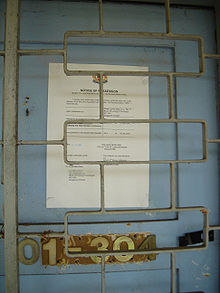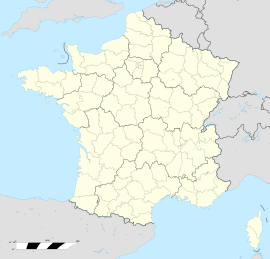From Wikipedia, the free encyclopedia
The Selective En bloc Redevelopment Scheme, or SERS for short, is an urban redevelopment strategy employed by the Housing and Development Board in Singapore in maintaining and upgrading public housing flats in older estates in the city-state. Launched in August 1995, it involves a small selection of specific precincts in older estates which undergo demolition and redevelopment to optimise land use, as opposed to upgrading of existing flats via the Main Upgrading and Interim Upgrading Programmes. To date, 74 SERS sites have been announced, of which 65 were completed.
All residents displaced by the redevelopment works are offered a new 99-year lease in new flats constructed nearby. These residents have the privilege to select their units prior to public release of the remaining units, are compensated financially, and are given subsidised prices for their new flats. The scheme also gives residents the opportunity to continue living near their kin and neighbours, thereby retaining kinship bonds and strengthening community ties.
The Selective En bloc Redevelopment Scheme has attracted opposition and controversy. The national government has power, under theLand Acquisitions Act of 1966, to carry out the Selective En Bloc scheme.[1] This power invokes the principle of eminent domain as with most urban redevelopment projects. Amendments to the Land Titles Act passed in 1999 allowed housing estates to be sold against some apartment owners' will if the majority of the owners are in favour of the sale.[2] This invokes concerns of majoritarianism.





